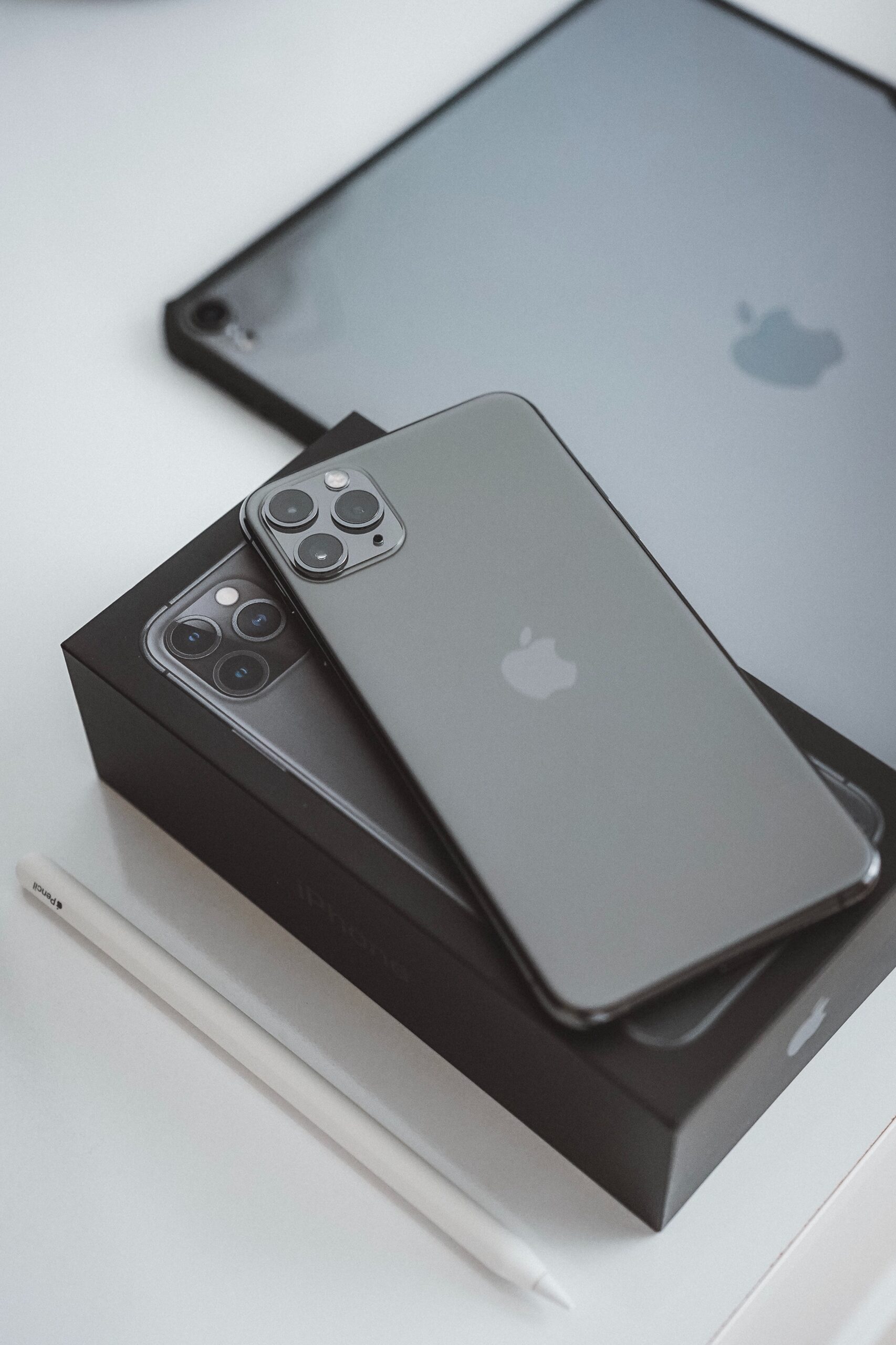Generational Change
Most of us will have heard the terms ‘4G’ and ‘5G’ when it comes to mobile phone communication and wireless technology – but how many of us have stopped to consider what they really mean?
The ‘G’ refers to ‘Generation’ – the fourth or fifth generation of wireless communications standards, with 5G having been deployed by providers since 2019.
5G has already delivered enormous leaps in data speed, connecting users, devices and systems.
It has drastically cut latency – meaning shorter response times – while increasing reliability, scalability and availability., All this has contributed to a vastly improved user experience (UX).
But times change rapidly as technology continues to advance and now there is much talk of 6G – the sixth generation of wireless technology.
The exact shape of any new generation will continue to evolve until it is implemented – and even beyond then – but there are some certainties around what we can expect from 6G.
In short, 6G will harness higher frequency bands and agile, cloud-based networking technology to allow for breakthrough speeds, with latency set to be measured in microseconds – meaning minimal delay in response times to user instructions, as devices communicate with each other.
It’s music to the ears of gamers who will see their movements effectively replicated in real time in augmented reality settings.
But what will 6G mean for businesses?
In short, communication between devices such as robots, mobile phones, computers and other devices will become instantaneous.
That will open up a world of possibilities across an enormous spectrum of sectors and applications.
For example, transportation can be made safer. Autonomous vehicles will become more widespread, being able to sense each other’s proximity and speed in real time. Healthcare will be able to be delivered remotely. And there will be further enormous advances in the speed and quality of data processing.
This last point is key as the number of Internet of Things (IoT) devices used in business (and by individuals) will continue to expand exponentially. More data than ever will be harnessed and processed in real time allowing instantaneous decisions and responses.
The good news here is that it is anticipated that 6G technology will be highly energy-efficient. Devices using 6G networks will have a minimal energy need, so batteries on mobile phones, tablets and other devices will last much longer.
Perhaps most importantly, users of mobile devices, accustomed mainly to downloading files, will now have the opportunity to uplink ever larger and more complex files from their devices to the cloud. That’s a clear benefit for businesses using sensors, cameras or machinery to gather the real time data which is critical to their operations.
Alongside this, though, are likely to come fresh challenges around data privacy and security. The larger quantity of data being uploaded to the cloud may feed a greater desire among those outside those businesses to seek to access this data for their own use or as leverage against its lawful owner.
Already significant projects are under way to address these concerns, with initiatives such as the Privateer project bringing together leading players in the sector to put in place best-in-class security measures to protect 6G networks and the data transferred across them. As an EU-driven project, its impact in the UK is yet to become clear, but it’s an example of how the sector is responding to the challenges and opportunities 6G will bring.
The good news is that 6G isn’t something that needs to concern businesses too much just yet.
Optimistic predictions put the earliest implementation as likely to take place around 2030 – each generation has a rough lifespan of around decade – and, as with earlier incarnations, there will be a catch-up period. Bear in mind that even 4G is not yet universal throughout the world, while full 5G adoption is still a long way from reality.
However, 6G is an area where any business would be wise to track developments as its implementation draws nearer, as it is likely to impact key strategic decisions around technology investment and management.
